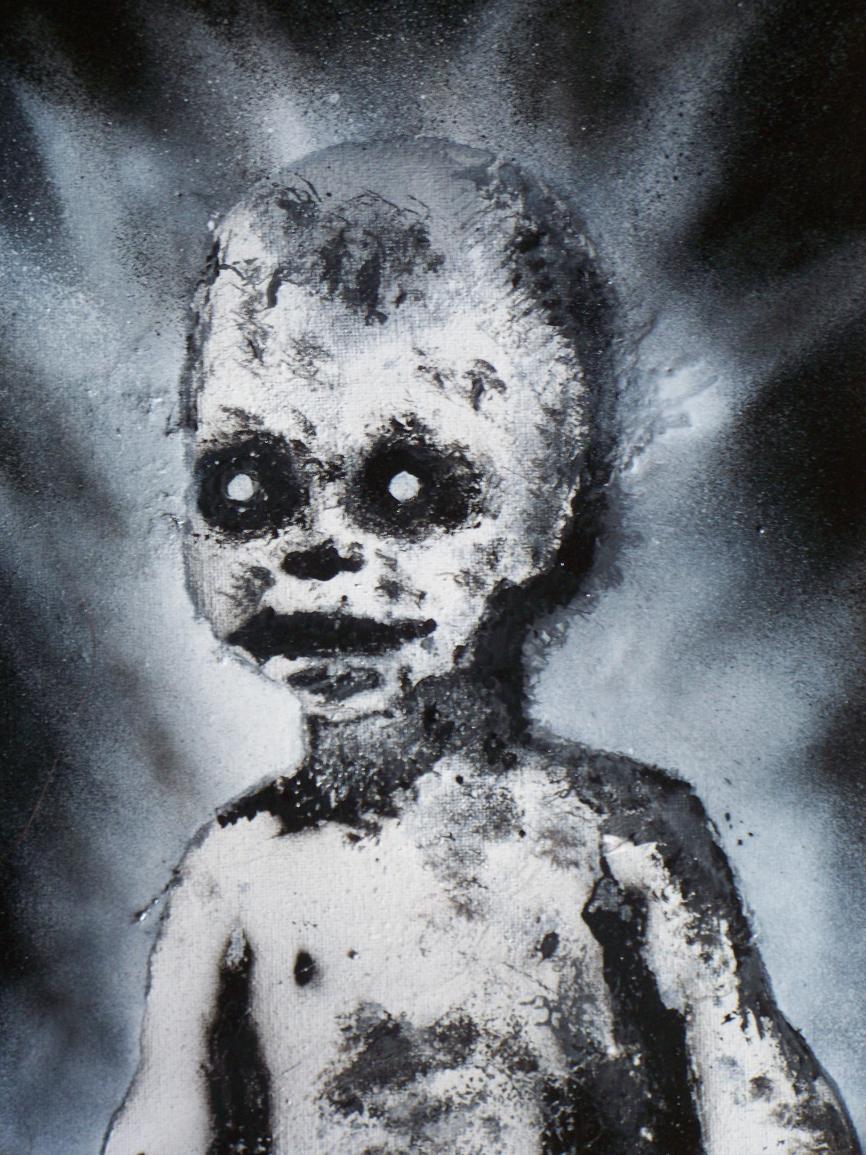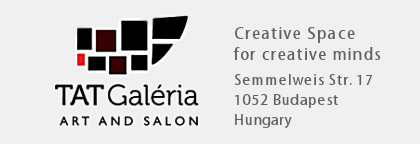Details
- 2013-01-21
- 0
- 60
- 2013
- Painting
- Aerosol Paint
- Conceptual
Pricing
Price and availability not indicated

- DEATH FREES EVERY SOUL -
Description by Mister 13
Aerosol spray and kleenex on canvas, 2 coffee, 4 cigarette. PLEASE LISTEN TO THIS SONG THE WATCHING THE IMAGE AND READING THE TEXT FOR TO CATCH THE FEELING. I painted it with ink months ago, but i decided to turn it into a spray crap. The ghostly background is free hand spray work, my pulse still working above my caffeine overdose. Death is the inevitable conclusion of life, a universal destiny that all living creatures share. Although all societies throughout history have realized that death is the certain fate of human beings, different cultures have responded to it in different ways. Through the ages, attitudes toward death and dying have changed and continue to change, shaped by religious beliefs and philosophical traditions. In modern times advances in medical science and technology further influence ideas about death and dying. Around the turn of the twenty-first century, attitudes about death and dying slowly began to change. Aging baby boomers (people born between 1946 and 1964) facing the deaths of their parents began to confront their own mortality. While medical advances continue to increase life expectancy, they have raised an entirely new set of issues associated with death and dying. The works of psychiatrist Elisabeth Kubler-Ross, including the pioneering book On Death and Dying (New York: Macmillan Publishing Company, 1969), have helped individuals from all walks of life confront the reality of death and restore dignity to those who are dying. One of the most respected authorities on death, grief, and bereavement, Kubler-Ross and her theories have influenced medical practices undertaken at the end of life, as well as the attitudes of physicians, nurses, clergy, and others who care for the dying. During the late 1960s, medical education was revealed to be seriously deficient in areas related to death and dying. But initiatives underway in the late twentieth and early twenty-first centuries have offered more comprehensive training about end-of-life care. With the introduction of in-home hospice care, more terminally ill people have the option of spending their final days at home with their loved ones. With the veil of secrecy lifted and open public discussions about issues related to the end of life, maybe we appear more ready to learn about death and to learn from the dying. The ancient Egyptians felt that death in one world was the beginning of life in another world. But in order to enjoy that life, the Egyptians believed that their bodies must be preserved -- for, although the soul left the body at death, it was expected to return to it throughout eternity. All Egyptians who could afford to were embalmed, but the embalmers exercised special care in the death of a pharaoh. The Greeks believed that when a person dies, his or her vital breath or psyche left the body to enter the palace of Hades, the king of the dead. The dead were buried in single graves, which were either stoned lined or plain pits dug in the ground. The bodies of the dead were either cremated first before burial or buried intact. Along with the dead were buried gifts such as vessels with food and drinks. Other gifts included weapons such as knives and tools for the men, jewellery, clothes and spindle-whorls for the women and finally toys for the children. For the ancient Chinese, they believed when a person dies, they would be reincarnated into either humans again, or animals such as dogs and pigs, depending on how well they had behaved when they were alive. For instance, the good were believed to be reborn as human beings into rich and prominent families, while the evil were either reborn as humans who led lives full of hardships or as animals. The people made many preparations for there next lives by doing as much good to others as they could and also worshipped their ancestors to seek their advice through priests, diviners and objects such as oracle bones. The dead were buried together with their possessions such as jewellery and clothes, which were believed to follow them in their next life. Today, some of the ways of "treating" the dead include embalming the dead, cremation, burials underground and water burials. The modern way of embalming the dead is very much different form the Egyptians though, the blood is drained from the body and replaced by a solution of formaldehyde in water, called Formalin. Cavity fluid is removed and replaced with a preservative of Formalin mixed with alcohols, emulsifiers, and other substances. To make the body look more realistic, cosmetics and other substances are customarily also applied to visible parts of the body. Inspired by old stories from the north of my country, where some people had the curse and the gift to see and talk with the dead, and to know who´s the next one to die. As creepy and insane it could be, that people, born the seven day of the seven month, were so important and powerful than a priest or a politician, where the life and death was one thing and the faith, religion and supernatural stuff walked together. So hard to imagine in our era, where we fear the death and when somebody dies is not a celebration, because death maybe is not the end, is just a beginning. Don´t take the image literally, is a metaphor of our life, so short if we think about the earth or the universe. We´re just babies in that environment. I believe if you accept death as a natural process of life, without the negative side, you really enjoy more life and enjoy every single thing you live. And that means freedom... for all the bad things of our lives. Of course, death frees to us to all the good things, but that´s the circle of life, and that´s why i think we should to use every minute to enojy. Maybe time is our real enemy.







